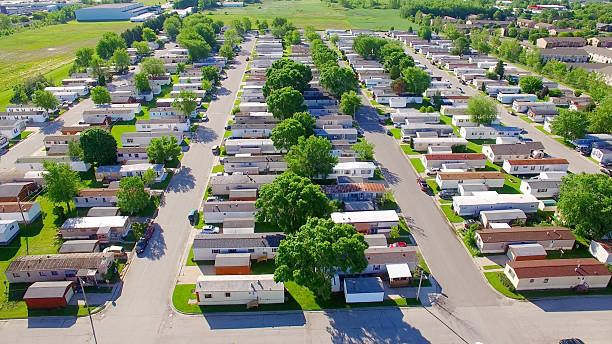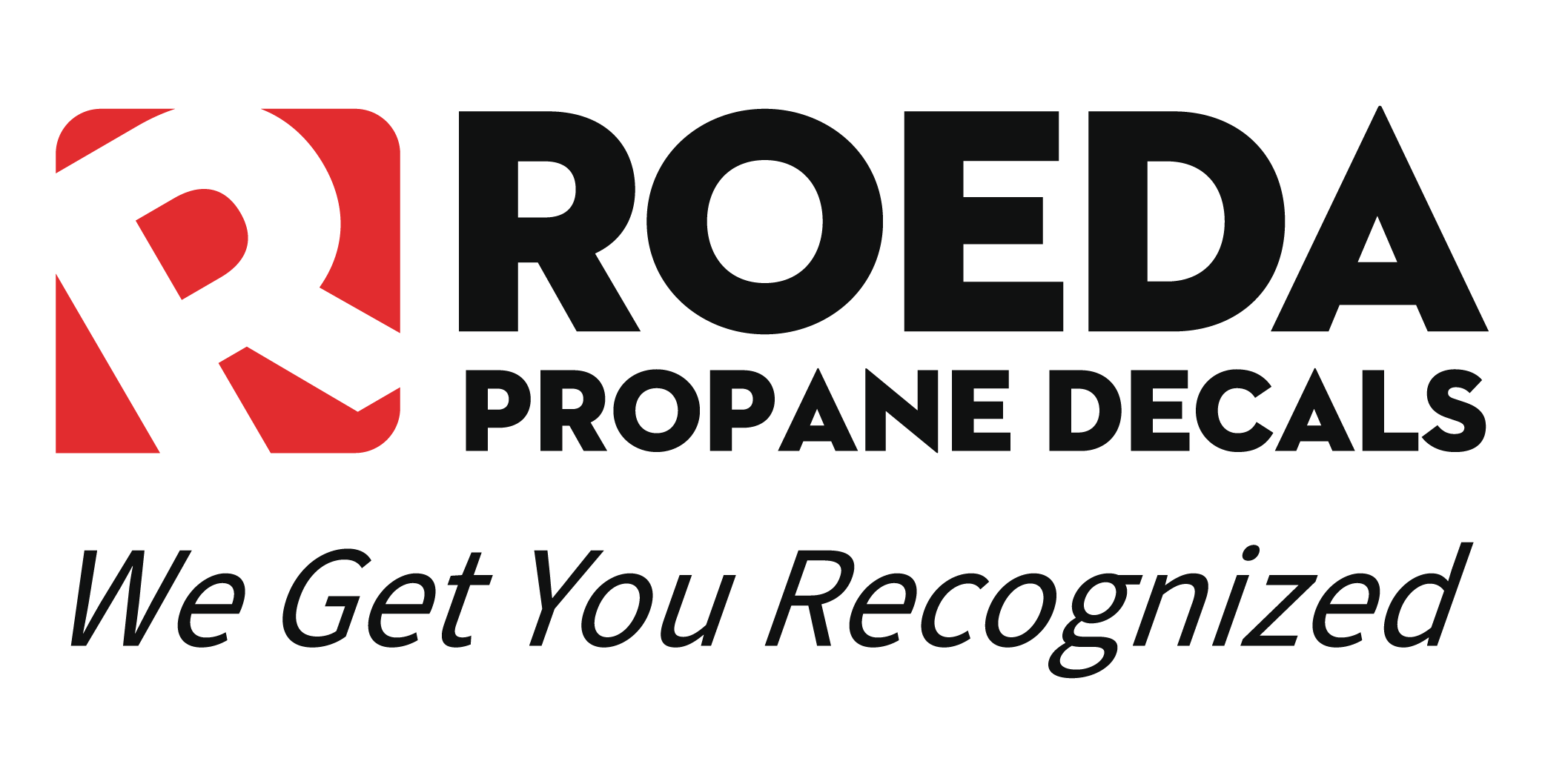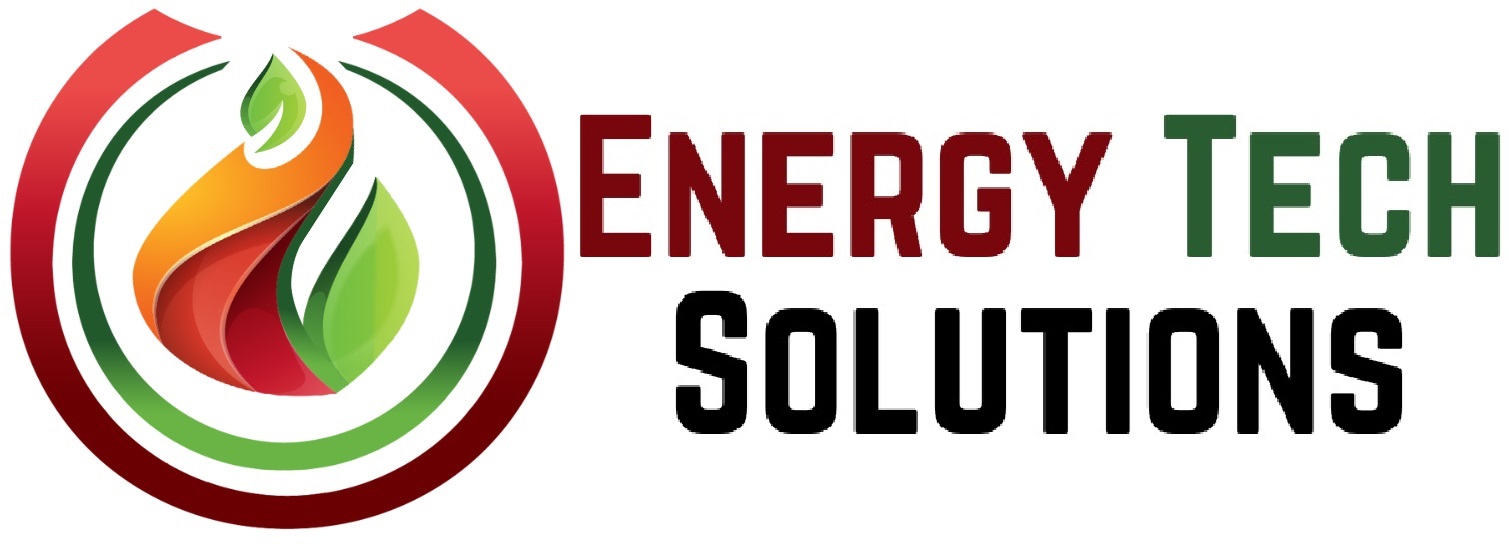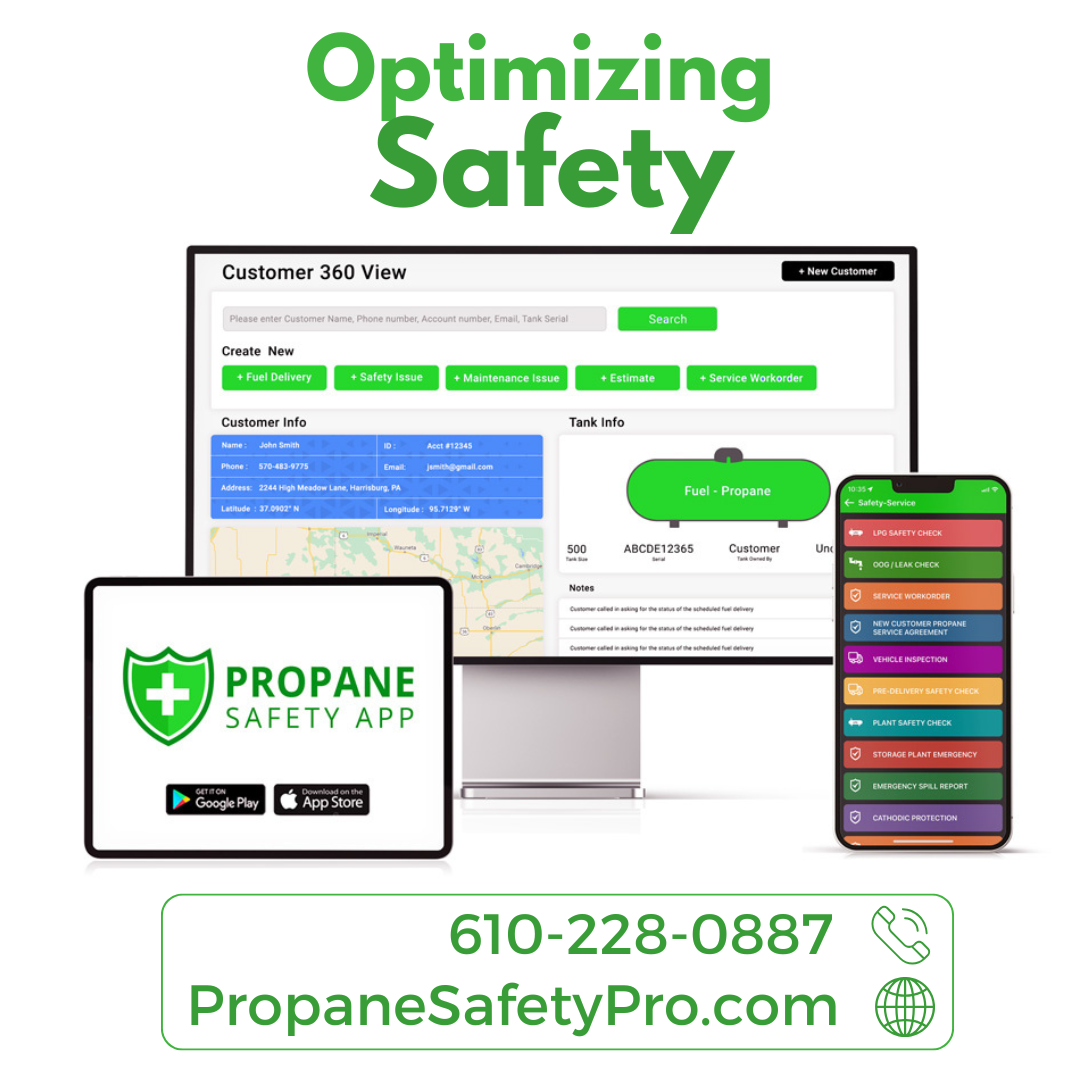Expanding Propane’s Reach to Under-Served Communities

Exploring propane markets in under-served territories could be a game-changer for expanding businesses. Here’s how to approach this arena and take advantage of an often-overlooked opportunity.
Identifying Under-Served Areas
Look for regions where propane can have a significant impact, such as rural and remote locations without access to natural gas pipelines. Developing countries with growing economies but underdeveloped energy infrastructures present another opportunity. There’s potential for propane even on the urban fringe or in new suburban developments where gas infrastructure lags behind population growth.
Market Research
Assess the local demand for propane, focusing on uses like heating, cooking, or industrial applications. Understanding cultural preferences is crucial since propane might fit seamlessly or face resistance due to traditional energy habits. Economic factors, like local income levels and the cost of propane compared to other fuels, will also influence market viability.
Infrastructure Challenges
Consider the logistics of propane distribution in these areas, which might require establishing new distribution networks or using mobile delivery solutions. Local storage facilities could be necessary in remote locations, hence the need for investment in tanks or storage sites. Navigating the regulatory environment in each new market is also essential, as regulations regarding propane use, storage, and safety can vary widely.
Educational Outreach
Providing safety training is a must to ease the adoption of propane in a new region. Educate potential users on the benefits of propane, such as cleaner air from cooking or more efficient heating. This education can help overcome any initial reluctance to switch to propane and away from traditional fuels.
Partnerships and Local Engagement
Partnerships with local businesses can aid distribution, marketing, or co-branding efforts. Working with local governments or NGOs can provide invaluable insights or support, even financial backing for market entry. Community involvement is key to building trust and ensuring your business model respects and caters to local needs.
Adaptation and Innovation
Offer propane solutions tailored to these markets’ specific conditions, like portable tanks for rural homes or bulk supply for industrial clients. In areas where environmental impact is a concern, emphasize propane’s cleaner burn or introduce the concept of renewable propane to align with local sustainability goals.
Financial Considerations
Expanding into new geographies often requires a significant initial investment in infrastructure, marketing, or educational programs. Your pricing strategy should reflect local economic conditions, perhaps offering introductory pricing or flexible payment options to encourage adoption.
A Competitive Edge
Exploring under-served geographies can offer multiple benefits for propane retailers. It allows for market expansion, introducing your product to new customer bases, and diversifying risk across different markets. Such moves can boost your brand’s growth by being among the first to cater to these areas, enhancing your reputation and market visibility.
Offering solutions where they are most needed most can give you a competitive edge, potentially leading to higher revenues from capturing significant market shares in previously untapped areas. By introducing cleaner energy alternatives, businesses can position themselves as sustainability leaders, create local jobs, and foster goodwill and economic benefits. The challenges encountered in new markets can drive innovation, leading to new business models or technologies that might be applicable in other contexts.
By targeting under-served communities, propane businesses can significantly grow their market and play a pivotal role in improving energy access, quality of life, and environmental conditions in these areas. This expansion can lead to a more resilient, diversified business model, ensuring long-term success in a dynamic energy landscape.













